Although all signs points to Microsoft releasing a new HoloLens in the coming days, the company is nevertheless looking to distribute its augmented reality apps to other operating systems.
On Thursday, the Microsoft unveiled plans to port its Remote Assist app to Android, and unveiled a new app for displaying 3D models called Product Visualize, both of which are part of the Dynamics 365 enterprise platform.
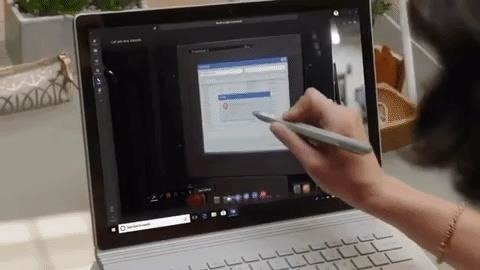
"Customers continue to tell us that HoloLens is the best mixed reality device for business, and that it's a breakthrough for their many areas that require heads up, hands-free work. But we also know that many employees carry AR-capable phones and tablets everywhere they go," said Alysa Taylor, corporate vice president, business applications and industry, in a statement. "These two new solutions will further enable employees to adopt mixed reality at work, no matter what device they use."
With Remote Assist, users can connect with remote experts via video for consultation and troubleshooting during work tasks. Mirroring some of its facility via the HoloLens, the Remote Assist app allows users to annotate a video feed with hand-drawn notes or arrows and lock content onto the view of the physical environment.
"The adoption of mixed reality solutions for Microsoft Business Applications in 2018 has been inspiring, with real-world success in sectors ranging from manufacturing, automotive, and energy, particularly with a field service workforce," said Taylor. "Dynamics 365 Remote Assist is in the early phases of being used to improve safety and reduce costs through the use of remote experts for equipment verification and incident response."

Meanwhile, the Product Visualize app borrows elements from the Layout app for HoloLens. Designed for sales personnel, the app enables users to view 3D models of large industrial products in augmented reality using ARKit. In addition to viewing products at life-size or small scale, Product Visualize will allow users to store and view notes on products within the app, as well as capture photos of the 3D models and mark up the resulting image.
"In industries like manufacturing, healthcare, and automotive where products are often complex, and highly configurable or simply too cumbersome to carry around, the need for product visualization is key. It builds a buyer's confidence early in the sales process so costly change orders are reduced, and customer satisfaction is higher," said Taylor.
Business-focused software companies like Kaon Interactive provide a similar platform and apps for displaying 3D models of products in augmented reality, but Microsoft offers the added advantage of integration with sales software from its Dynamics 365 suite.
"Using Product Visualize, sellers can show products to customers directly within their Dynamics 365 for Sales workflow and spatial and configuration notes are all saved directly within the associated sales opportunity," said Taylor. "Since sales commonly requires more than just one individual, sellers can leverage session content directly in Microsoft Teams to improve internal collaboration to deliver customer-oriented solutions that are critical to accelerating the sales process."
According to the company's release notes, a public preview of the apps will begin with the April release of the platform, while some features of Product Visualize will arrive in preview as early as this month. General availability for Remote Assist on Android (along with an iOS version) and Product Visualize for iOS will come later this year.
In recent months, companies like Toyota and Chevron have adopted the HoloLens, along with the Dynamics 365 apps, to improve their internal workflows. By spreading these apps to Android and iOS, Microsoft exponentially increases its addressable market for the augmented reality apps where customers may be hesitant to invest in expensive HoloLens devices. Now, customers can instead use the smartphones already embedded in their workforce.
Under CEO Satya Nadella, Microsoft has shown a willingness to spread its software beyond its Windows ecosystem, so the adaptation of HoloLens apps for smartphones, where its own platform has faltered, aligns with its strategy. However, in the case of the HoloLens, the strategy also serves as a scaled down example of how HoloLens could provide a return on investment further down the road, particularly as its capabilities evolve and its price decreases.
Just updated your iPhone? You'll find new emoji, enhanced security, podcast transcripts, Apple Cash virtual numbers, and other useful features. There are even new additions hidden within Safari. Find out what's new and changed on your iPhone with the iOS 17.4 update.
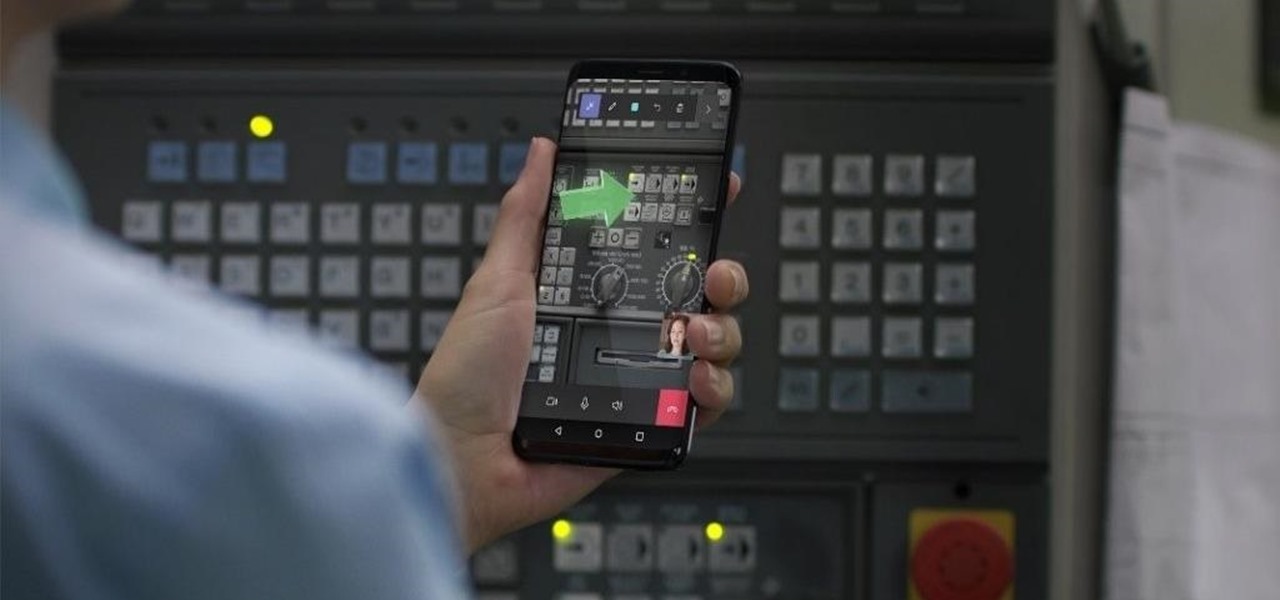


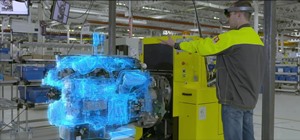

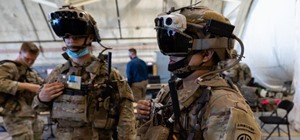






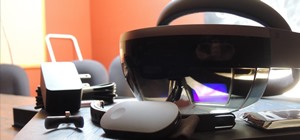






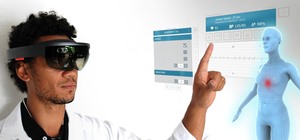



Be the First to Comment
Share Your Thoughts